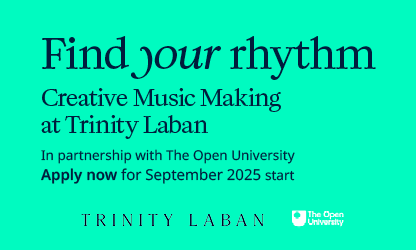Winchmore String Orchestra Concert in aid of "Crisis at Christmas"
Winchmore String Orchestra
BY ARRANGEMENT
String orchestras are a bit like children in thrifty households: they don’t often get a new outfit, but they do very well with hand-me-downs and second-hand clothes altered to fit them. In the case of string orchestras, the amount of music written specifically for them is not large – compared, say, to symphony orchestras or chamber groups – but they have a rich repertoire of pieces written for other purposes and re-tailored to suit them.
In our next concert – the final one in our Silver Jubilee year – we have decided to showcase some such pieces. These will illustrate the often unsung art of “arrangement” – re-working music written in one musical genre for another and sometimes as a result becoming better-known and loved than the original. A refined form of re-cycling,
One of the commonest forms of arrangement is from string quartet to string orchestra; not surprisingly, since both have the same combination of instruments -- first and second violins, violas and cellos, plus doublebasses in the orchestra. An example in our concert is the Italian Serenade by Hugo WOLF, who died tragically young early last century. This lively piece was originally planned to be one movement in a suite for string quartet, and was called simply Serenade in G, but later it was left to stand alone, with Italian added to the title. Our solo work – MOZART’s Piano Concerto No 12 (soloist Luke Welch) also exists in two scorings. It is one of three piano concertos Mozart wrote in his mid-20s with two versions of the accompaniment – one for orchestra including wind and horns as normal, the other for string quartet – probably because the composer thought that would be more likely to sell better.
£9.00, Concessions £7.50, Children free



